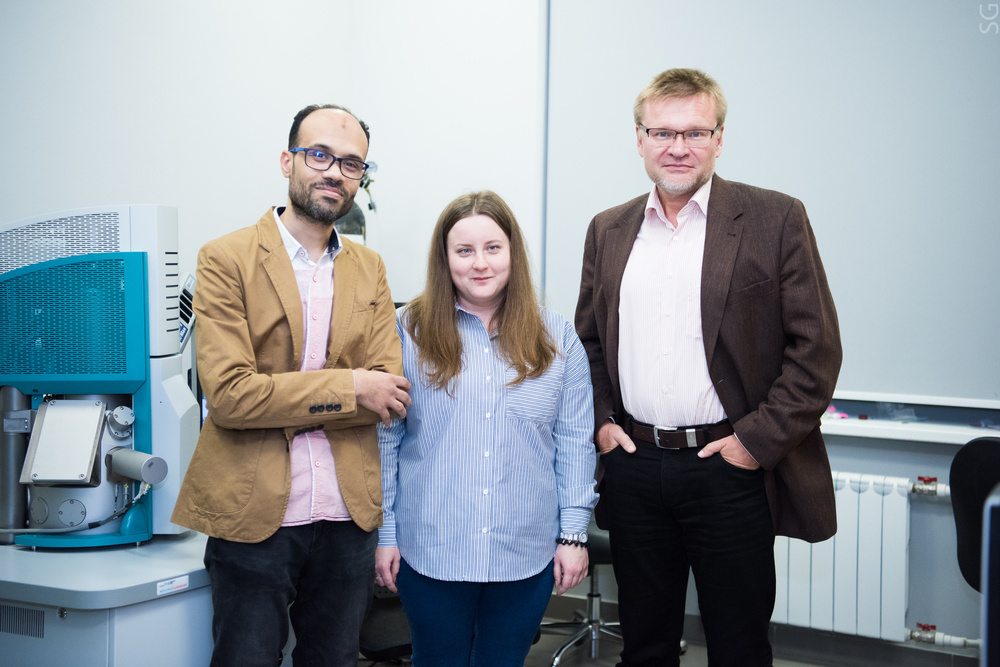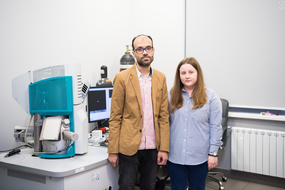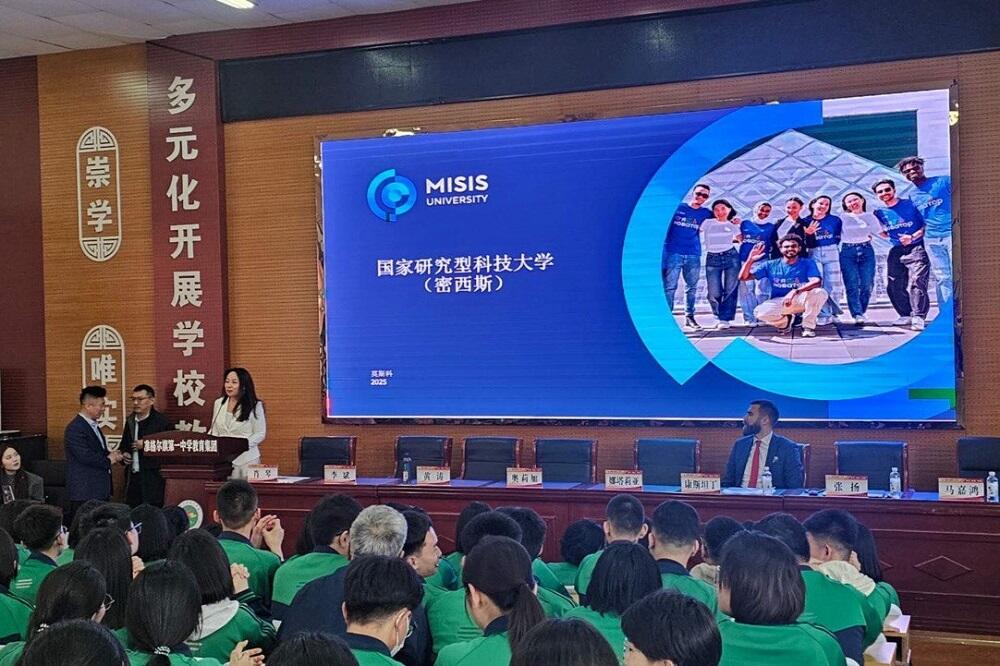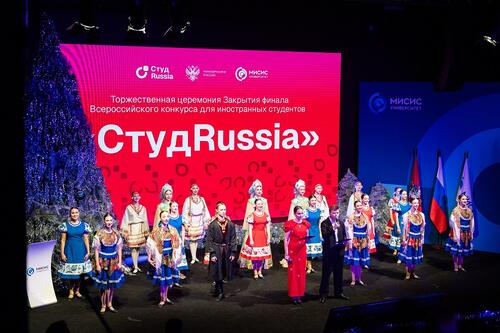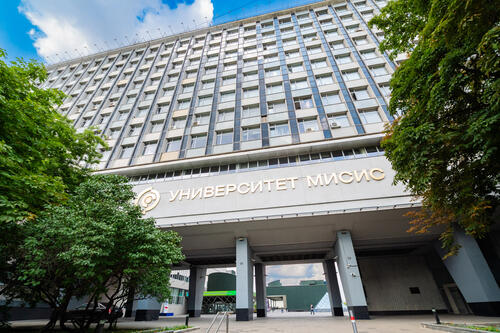Scientists from NUST MISIS have discovered new patterns that allow controlling the structure of Fe-Ga materials and, as a consequence, more effectively manage their properties. From a practical point of view, this expands the possibilities of their further application in high-precision pressure sensors and sonars.
To date, a large number of different sensors (for example, pressure and vibration sensors, as well as sonars) work on the so-called magnetoelastic effect, i.e. the change in the magnetization of a metal element under the influence of an applied mechanical force. For example, when you want to track the location of a submarine, an ultrasonic signal is sent through the water and, reflecting from the surface of the submarine, it returns back in a slightly modified form. The sensor, due to fluctuations in its size, captures these changes, thus, it is possible to determine the location of the submarine.
Under laboratory conditions, the magnetostrictive effect (sample size change under the influence of an applied magnetic field, which is reverse to magnetoelastic effect) is measured to assess the functional characteristics of sensor materials. The more magnetostriction a material has, the more possibilities a product made of it demonstrates. Among the “champions” are alloys of iron with gallium (Fe-Ga or Galfenol). In them, the change in the size of the sample reaches is 0.04%, while in pure iron, this figure is about 0.0015%.
Research teams from the United States have shown that the best functional properties are shown by alloys with nonequilibrium and inhomogeneous structure, in which several phases with very close lattice parameters coincide. This opens up new prospects for their application in the field of high-precision sensors, but the question remained: how to create and stabilize this nonequilibrium nanoheterogenic structure at climatic temperatures, so that it could be preserved at room temperature?
Scientists from NUST MISIS Department of Non-Ferrous Metals together with experts from the Joint Institute for Nuclear Research revealed a number of relationships between the processing temperature of galfenols and their crystal structure. These studies form a complete picture of the processes taking place inside the crystal, which allows choosing the necessary conditions for processing the sample to stabilize the required non-equilibrium structure. The results of the work were presented in the form of a series of equilibrium and nonequilibrium phase diagrams, schemes of structural transformations of the crystal lattice. In addition, scientists have shown that alloying Fe-Ga alloys with microscopic doses of rare earth elements can not only further increase their magnetostriction, but also stabilize the metastable phases at room temperature.
“Valeria Palacheva and Abdelkarim Mohamed, post-graduate students of NUST MISIS, started the study of structural transformations in galfenols a few years ago. An important stage of research was cooperation with the group of experimental physicist Professor Anatoly Balagurov from the Joint Institute for Nuclear Research. The aim of the joint project is to systematically study the structure and properties of iron-based alloys in a nonequilibrium state, including neutron reactor studies in conjunction with physical metal science methods such as scanning electron and transmission electron microscopy,
X-ray, magnetometry, internal friction and others”, Professor Igor Golovin, head of the research, comments.
Thanks to a systematic approach to the study of the structure of galfenols, scientists were able to establish under what conditions of heat treatment alloys demonstrate their best functional properties.
The research is carried out within the framework of grants from the Russian Science Foundation. Next, the team plans to expand the field of research, more widely applying alloying with rare earth metals and using compounds of iron and other metals.
